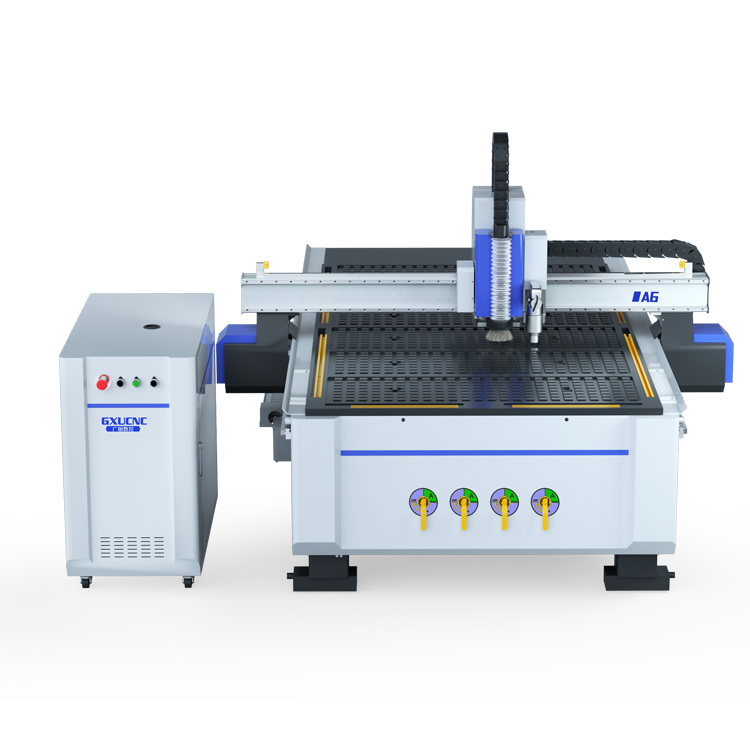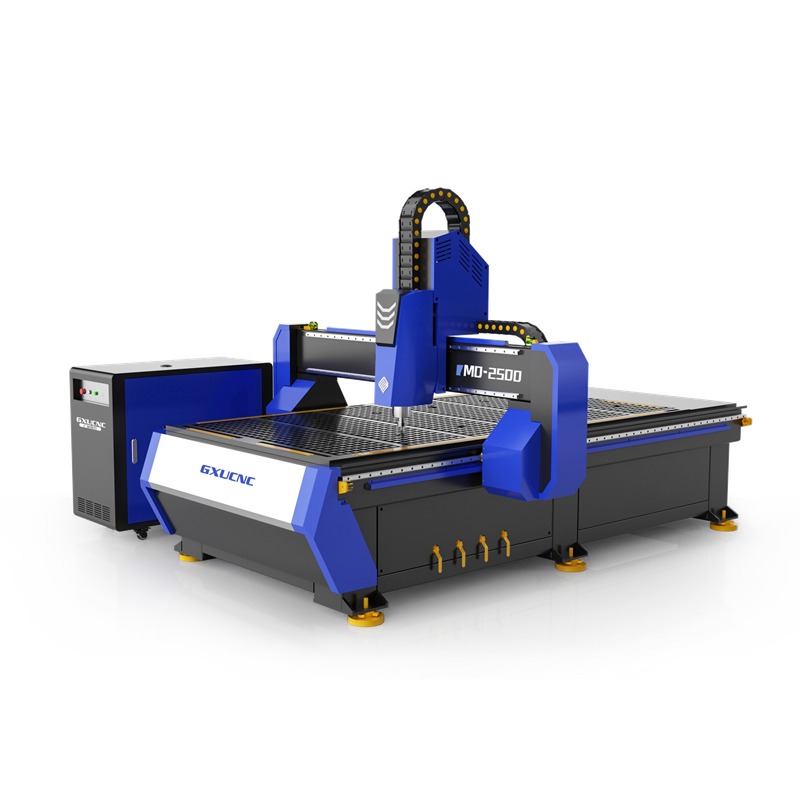Professional Tool Reviews for Pros
At its core, a router is a high-speed motor in a fixed housing that holds a bit used for shaping wood. There are several types of wood routers. Each primarily differs in size and/or how you mount the motor. The most common is in a fixed-base router. If you add guide rods, you turn it into a plunge router. Mount it under a table and you have a router table. Mount it over a table and add a computer and you have a CNC (Computer Numerical Control) router. Laser Rust Cleaning Machine

While other plunge and fixed-based routers may be able to do any task you throw at them, compact routers are more comfortable to use especially if you get a cordless model. These smaller routers typically feature a 1 to 1-1/2 HP motor and you can use them with just one hand. Weighing around 3.5 to 5 lbs, these routers are 1/2 to 1/3 the weight of their big brothers. They contain a 1/4″ chuck and are capable of about 75% of the task most woodworkers need on a daily basis. While they won’t do everything, because they are so easy to use, these are the first routers you will reach for when doing many projects.
Available from 1-1/2 HP all the way to monster 3-1/4 HP beast, full-sized fixed-based routers used to be the workhouse of both the home craftsman and the woodworking pro. This type of wood router has decreased somewhat in popularity because Compact Routers can do most of their all of their light-duty tasks. At the same time, Plunge Routers match them in the heavy-duty work while also providing extra features. The one place they have not been supplanted? Router tables! With a few exceptions, the best type of router to use in a router table is still a Fixed-Base router.
The first thing you will notice about Plunge Routers are the guide rods that are integrated into their base. These rods sit on a spring mechanism and feature a locking lever that lets you fix the router at any height along its base. This lets it be used for plunge cuts such as mortises used in mortise and tenon joints. These types of wood routers do everything fixed-base routers do, but when used in a router table, are not as easy to accurately maneuver up and down unless they have a micro depth adjustment.
Combo routers or dual-mode routers, as the name suggests, combine the features of both fixed-base and plunge routers. They come in two varieties. The first style comes as a kit with a motor and two bases, a plunge base and a fixed base as we have discussed. Both Bosch and Makita have been well-known in woodworking circles for these router kits though other manufacturers make excellent models too.
The other style is are dual-mode routers, These are plunge routers that have a feature where you can remove the spring and convert it into a fixed base for use on a router table. The most well-known of these is Triton routers. I bought the Triton TRA001 for my router table because it comes with its own mechanism for raising and lowering the bit from above the table. With 3-1/4 HP, it can handle anything I throw at it.
A circular saw is to a table saw what a router is to a router table. You can build your own router table or there are many tables on the market, both tabletop and floor models. They typically work with full-size routers as opposed to all types of wood routers. You may also have to customize the plate to hold the router to make it fit your particular model. A wood router table can quickly become one of the most useful tools in the shop. It can aid in everything from making joints, to cutting out shapes, to making your own molding. Look for a Pro Tool Reviews upcoming article on How to Use a Router Table.
Often forgotten in articles about the types of wood routers are CNC routers. CNC stands for Computer Numerical Control, and these routers represent an evolution in router tables. CNC routers have a rather large bed and the work is clamped down, usually by a vacuum. The router is suspended over the top with an articulating gantry arm. A computer controls the router to cuts parts out and shapes them.
These tools are priced out of the budget of most workshops, but lower-priced solutions are regularly hitting the market. The best part of these is that once they start working, you can move on and do other work while the CNC cuts out the parts. It is like having a second worker whose sole job is to cut all the mundane repetitive parts. If only they could do the sanding too!
CNC routers can, of course, cut more than just wood. Metal and plastic CNC routers dominate the market as more and more companies use them for fabrication, tooling, and prototyping. Still, wood CNC routers represent a type of wood router that can really up your game.
Of the different types of wood routers, ultimately we recommend owning at least two. You want a nice plunge router as well as a smaller compact router. We also prefer cordless tools whenever possible—particularly on the compact models. Realistically though, you may also want to get a fixed-based router that you can simply leave installed in a router table. Some routers, such as the Bosch 1617EVSPK, come with a single motor and have both a fixed base and a plunge base. It is even available with an optional above-table lift mechanism for use in router tables. If you lack space, get this type of router. As you get more routers, you can permanently leave your corded model in your router table.
Working by day at an art museum as the IT guy, the photographer/videographer, and the head of security, Gregory has also written, produced, filmed, directed, and edited his museum’s TV commercials for PBS and Spectrum. For almost 20 years there he was the exhibits manager and has installed over 40,000 works of art and 300 large-scale outdoor sculptures. Gregory is also a sculptor himself and taught photography for over a decade.
We’ve tested dozens of drills in our search for the best cordless drill. There’s no doubt that Makita is one […]
Are you considering an artificial lawn? There’s a lot to love about synthetic turf, but it’s been getting some bad […]
When asked if you would like to review “a tool belt or two” for Pro Tool Reviews, beware. After saying “Sure, […]
Having used and reviewed a LOT of the best portable toolboxes from just about every manufacturer, I’ve assembled my top […]
As an Amazon Associate, we may earn income when you click on an Amazon link. Thanks for helping us do what we love.
See our Privacy Policy and Terms & Conditions.
Pro Tool Reviews is a successful online publication that has been providing tool reviews and industry news since 2008. In today’s world of Internet news and online content, we found that more and more professionals researched a large majority of their major power tool purchases online. That piqued our interest.
There’s one key thing to note about Pro Tool Reviews: We’re all about the professional tool user and tradesman!

Wood Router Industrial Copyright ©2008-2024 Pro Tool Reviews, LLC. All rights reserved.